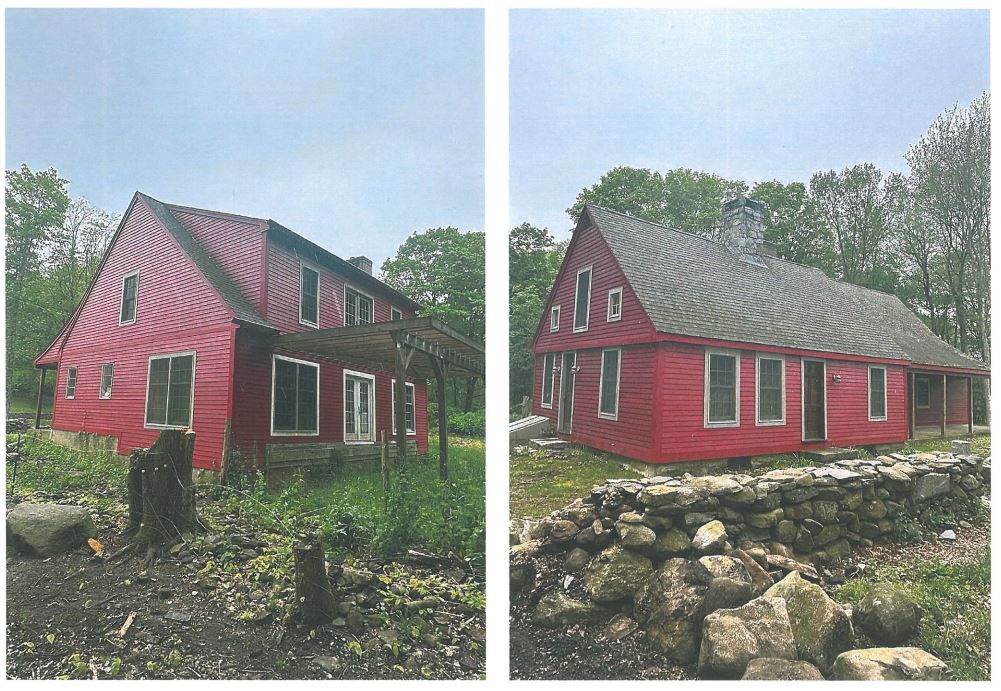The Historic Review Committee, appointed by the Board of Selectmen, is charged with encouraging the preservation of architecturally and historically significant buildings and structures in Killingworth. To this end, the committee reviews all requests to the town for issuance of a permit to demolish a building or structure and advises the Building Official on the issuance of those permits under Killingworth’s Demolition Delay Ordinance.
Killingworth’s Rich History
Written by Joseph T. Hutchins
In the year 1663, thirty-six English settlers founded a town on the shoreline where Clinton stands today. They named it Homonoscitt after the Hammonasset people who inhabited the area. This was the same year that England’s King Charles granted a charter establishing the colonies of Rhode Island and Carolina. Four years later, the general assembly at Hartford changed the new town’s name to Kenilworth, perhaps at the request of Edward Griswald who had emigrated from Kenilworth, England. It was a part of the large Homonoscitt Plantation, which included all the land between Guilford and Saybrook. As the 1700s began, descendants of the first settlers built new homes further north. A dividing line was drawn in 1718 between the original town and the northern settlement, which, eventually came to be known as Killingworth. In 1733 the first schoolhouse north of that dividing line was erected. In the same year, the state legislature declared Killingworth to be two separate towns and they changed the name of the shoreline town to Clinton after New York governor Dewitt Clinton, celebrated for his role in building the Erie Canal.
Killingworth’s Inventory of Historic Homes
The population of Killingworth peaked in the first half of the eighteen hundreds, but then declined as residents began to move to mid-western states like Ohio, where farmland was more plentiful. In the latter half of that century, European immigrants arrived, acquiring the old farms and mills and restoring the population. Today in Killingworth, we are fortunate to have over one hundred and forty of the original homes, as well as many of the farm buildings, and stone walls built by the early settlers. Virginia’s Colonial Williamsburg, for comparison, has only eighty-eight original buildings.
Ongoing Preservation Efforts
The character and history of our venerable structures are a defining element of our town and our state. Killingworth’s historic review committee, appointed by the Board of Selectmen, is charged with encouraging the preservation of our historic buildings. To this end, the committee reviews requests for permits to demolish old structures, and advises the Building Official on the issuance of those permits under Killingworth’s demolition delay ordinance.
Members
Joseph T. Hutchins (D)
David D. Meixell (U)
Lucinda H. Hogarty (D)
Elizabeth Doyle Disbrow (U)
Bruce E. Dodson (D)
ALTERNATES
Laura Lee Lefko (R)
Dennis R. Rich (R)
Resources
- Demolition Permit Application
- Demolition Delay Ordinance
- Preservation CT
- Historic Properties Exchange
- Preservation 101
- Killingworth Plan of Conservation and Development
- Homeowner Remodeling Resources https://www.bobvila.com/articles/3-remodeling-an-old-house-what-should-you-keep/
- Researching Your House’s History TIPS FOR RESEARCHING YOUR HOUSE

